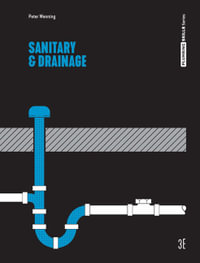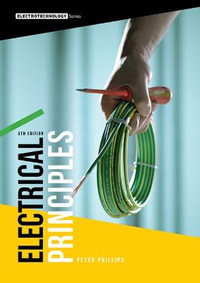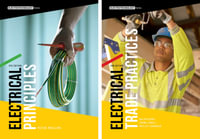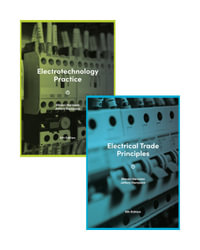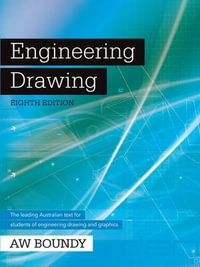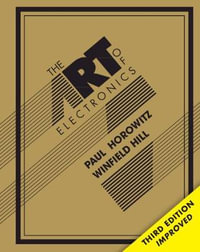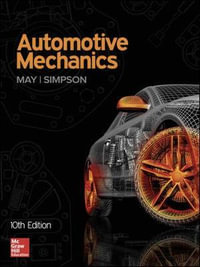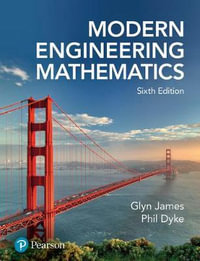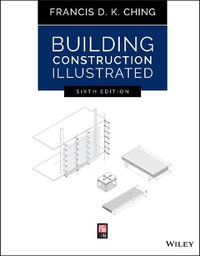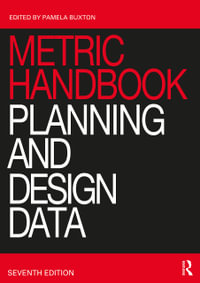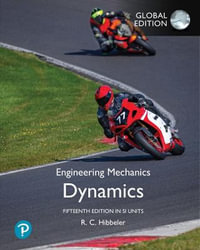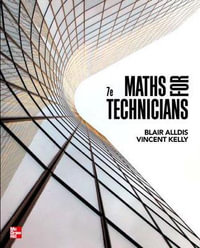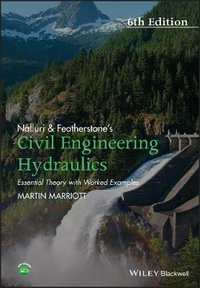Engineering Mechanics: Statics excels in providing a clear and thorough presentation of the theory and application of engineering mechanics. It empowers you to succeed by drawing upon Professor Hibbeler's decades of everyday classroom experience and his knowledge of how students learn. The text is shaped by the comments and suggestions of hundreds of reviewers in the teaching profession, as well as many of the author's students.
The
15th Edition features a large variety of problems, about 30% which are new, which involve practical applications to different fields of engineering.
Samples
Download the detailed table of contents
Preview sample pages from Engineering Mechanics: Statics
Features
- Re-writing of text material provides further clarification of some concepts in this edition, enhanced accuracy throughout the book, and important definitions are now in boldface throughout the text to highlight their importance.
- Photos and photorealistic art are used throughout the text to explain how the relevant principles apply to real-world situations and how materials behave under load. There are over 15 new or updated photos placed throughout the book. In some sections, photographs show how engineers must first make an idealised model for analysis, and then proceed to draw a free-body diagram of this model in order to apply the theory.
- Approximately 30% new problems have been added to this edition (included in both the book and Mastering) which involve applications to many different fields of engineering.
- An expanded Answer Section in the back of the book now includes additional information related to the solution of select Fundamental and Review Problems in order to offer the student guidance in solving the problems.
- Updated Fundamental Problems offer students simple applications of the concepts and provide the opportunity to develop their problem-solving skills before attempting to solve the standard problems that follow. Some new Fundamental Problems have been added, along with their partial solutions, which are given in the back of the book.
New to this edition
- Each chapter is organised into well-defined sections that contain an explanation of specific topics, illustrative example problems, and a set of homework problems.
- Free-Body Diagrams are emphasised throughout the book. In particular, special sections and examples are devoted to show how to draw free-body diagrams. Specific homework problems have also been added to develop this practice.
- Procedures for Analysis provide students with a logical and orderly method for applying theory and building problem-solving skills. A general procedure for analysing any mechanics problem is presented at the end of the first chapter, and each procedure is customised for specific problem types covered throughout the book.
- Examples follow the direction of the Procedure for Analysis, in order to illustrate its application. The many examples throughout show how to solve problems ranging in difficulty. They also illustrate the application of fundamental theory to practical engineering problems while reflecting the problem-solving strategies discussed in associated Procedures for Analysis.
- Important Points provide a review or summary of the most important concepts in a section and highlight the most significant points that should be known when applying the theory to solve problems.
- End-of-Chapter Reviews include each important point accompanied by the relevant equation and art from the chapter providing the students a concise tool for reviewing chapter contents.
- Conceptual Problems are intended to engage students in thinking through a real-life situation as depicted in the photo. These analysis and design problems appear throughout the text, usually at the end of each chapter.
- Free-Body Diagram Problems only require drawing the free-body diagram for the specific problems within a problem set and emphasise the importance of mastering this skill as a requirement for a complete solution of any equilibrium problem.
- End-of-Chapter Review Problems include solutions given in the back of the book, so that students can check their work when studying for exams and review their skills when the chapter is finished.
About the Author
R.C. Hibbeler graduated from the University of Illinois-Urbana with a B.S. in Civil Engineering (major in Structures) and an M.S. in Nuclear Engineering. He obtained his PhD in Theoretical and Applied Mechanics from Northwestern University. Professor Hibbeler's professional experience includes postdoctoral work in reactor safety and analysis at Argonne National Laboratory, and structural and stress analysis work at Chicago Bridge and Iron, as well as at Sargent and Lundy in Chicago. He has practiced engineering in Ohio, New York, and Louisiana.

